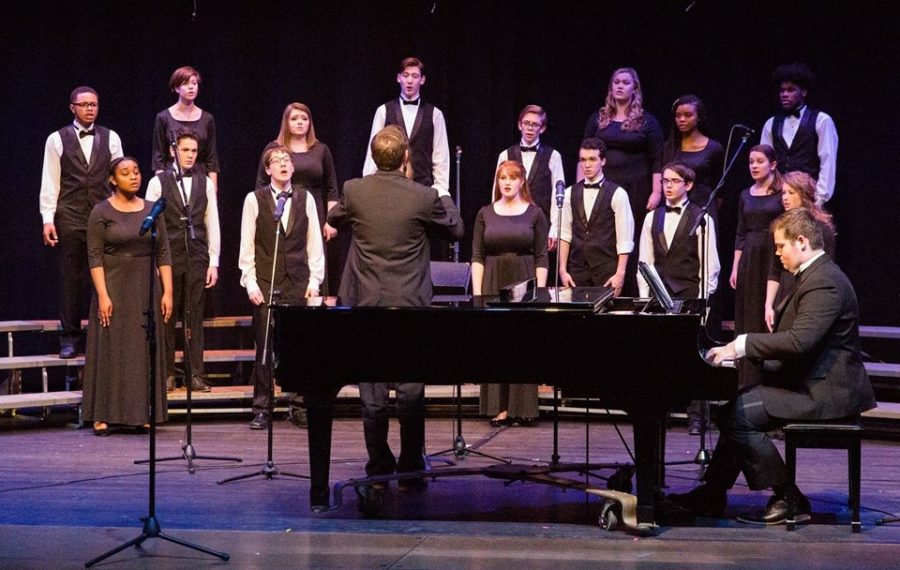A Lost art
Why visual and musical arts should be more stressed in schools
Everyone enjoys music. Although we may appreciate different styles and genres, music is constantly in the background of our lives whether we are driving to school, doing homework, or sitting in a restaurant. It is something that brings strangers together and eases tensions while also helping us to experience emotions and concepts that cannot be communicated through mere words.
Why then, does this love for music not translate to our education system? Over the years, while sports like football and basketball flourish, the fine arts have started to decline. Additionally, STEM programs have started to take precedence over arts programs due to the common belief that these classes will look better on a college resume than the “extra” art classes.
Moreover, if you’re not good at math or science, you’re “not trying hard enough.” But, if you’re not good at drawing or singing, it’s “not your thing.” This casual approach to the learning and appreciation of arts is incredibly troublesome. Just like any other class, anyone can learn to get better at something, even if their beginning level isn’t off the charts.
In today’s society, so much stress is put on good grades and test scores that we fail to learn the life skills needed in the real world. In the arts, test scores are not emphasized. Rather, working in groups and perfecting a piece gives students a taste of the real world they will engage.
In many music classes, math, English, and history are actually combined in different songs and rhythms. Through combining rhythms and pitches, learning about different historical cultures, and dissecting lyrics of multiple songs, students are given the same lessons they would receive in other core classes, albeit in a more unconventional way.
In fact, it has been proven that music classes, in particular, enable students to possess increased verbal intelligence, enhanced memorization skills, and score an average of fifty points higher on the SAT. Additionally, art classes like drawing, photography, and various forms of painting have improved motor skills and an increased development of visual learning.
Thankfully, at Westminster, the arts are a very important part of our curriculum. Students are accommodated by having access to many different introduction classes for various art forms – music or visual. Whether it be Drama 1, Intro to Art, Mixed Chorus, Speech, or Music Survey, there is a class for anyone that wants to get better at something they may not be naturally gifted in.
Additionally, school counselors will work very hard to accommodate students’ conflicting schedules, whether it be school credits or athletics. Kathy Eichelberger, the Fine Arts Director at WCA, states that “if a student wants to do a STEM program [and an art program], they will really work with you to come up with a solution to that problem.”
Over my years at WCA, I have been able to juggle four AP classes, seven seasons of sports, and six full years of fine arts. Although this may not be the path for everyone, I can personally attest that counselors have aided me in this process and that I have never once felt overwhelmed by my full schedule.
Essentially, high school is an incredibly busy time for all students. We all want to try different things and are stretched in many different directions when it comes to our limited time commitments. However, the arts are not just a yearly or semester credit to be put on a college transcript. They teach us to appreciate other cultures, other students, and help us make realizations about ourselves as well as the beautiful world that God has given us.




